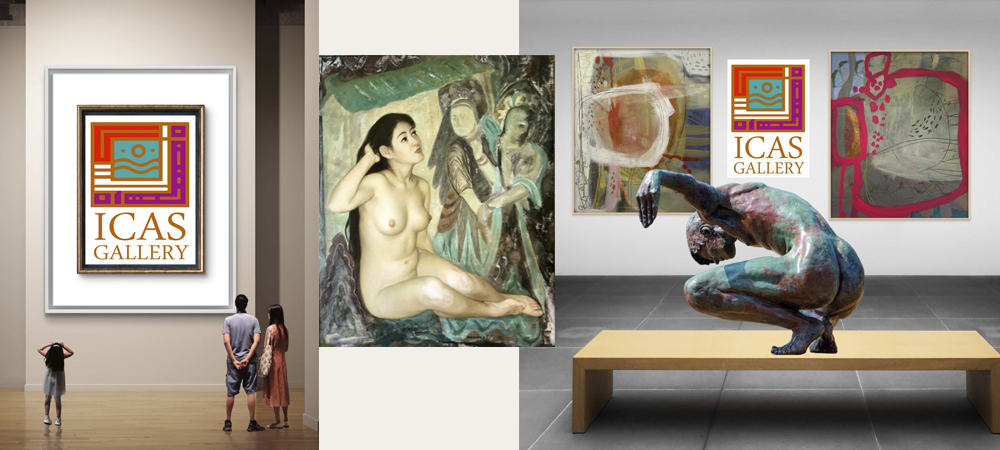African Masks & the Birth of Modern Art, Part II
Let’s explore how today’s artists draw inspiration from Africa’s rich sculptural traditions to redefine contemporary art continually. This ongoing dialogue between past and present is not just alive—it’s thriving, just as it was a century ago.
Enduring Formal Vocabulary
African masks introduced Western artists to a new visual language: bold planes, stylised features, and rhythmic repetition. These elements moved beyond simple representation, and today’s artists still find endless inspiration in this visual vocabulary:
- Jean-Michel Basquiat drew upon mask-like iconography throughout his career, pairing skeletal faces and tribal motifs with graffiti-charged text to channel both ancestral memory and urban immediacy. His fractured heads and spidery linework echo the simplified geometries of West African carvings, reframing them for the post‑industrial cityscape.
- Edson Chagas uses masks as literal signifiers of identity and globalisation. In his Tipo Passe series, Angolan models pose with traditional wooden masks overlaying their faces, prompting questions about cultural authenticity and the legacy of colonial exchange.
Material Innovation & Mixed Media
Traditional African masks often combine materials like wood, metal, fibre, and shells into one unified form. Today’s artists take this a step further, blending ancient techniques with innovative new methods:
- Dennis Osadebe blends 3D printing and bronze casting to create sculptural busts whose “faces” are reinterpretations of African mask motifs. By using digital tools to reconstruct ancestral shapes, he speculates on how tradition might evolve in our networked, technocratic age.
- El Anatsui, although best known for his monumental bottle‑cap tapestries, takes inspiration from the rhythmic modularity of mask carving, assembling thousands of metal fragments into undulating reliefs that recall the textured surfaces of ritual objects
Cultural Narrative & Political Resonance
Historically, African masks played essential roles in community life, used in rituals, festivals, and ceremonies. Modern artists tap into this narrative power to tell stories about their own lives and societies:
- Babajide Olatunji delves into Yoruba scarification practices via hyperrealistic portraits adorned with tribal marks and mask‑like makeup. His works confront the viewer with questions of belonging, memory, and postcolonial identity, utilising the mask as both a metaphor and a heirloom.
- Wangechi Mutu (noted for her collaged figures) often incorporates mask fragments to evoke fractured identities and diasporic longing, merging human and plant forms into hybrid beings that speak to migration, gender, and ecological precarity.
Looking Back to Move Forward
The ongoing influence of African masks demonstrates that true innovation often begins by reconnecting with the past. By rediscovering ideas and techniques from centuries ago, today’s artists can:
- Reinvent Visual Language: They strip away representational conventions in favour of elemental shapes that carry universal resonance.
- Fuse Tradition & Technology: They honour ancestral techniques even as they adopt digital fabrication, new media, and sustainable materials.
- Centre Cultural Agency: They deploy mask‑inspired imagery to reclaim stories, critique power structures, and project visions of a more inclusive future.
As artists continue this creative conversation between yesterday and tomorrow, African masks remain a powerful source of inspiration, proving that the boldest new ideas often come from listening to the voices of history.


